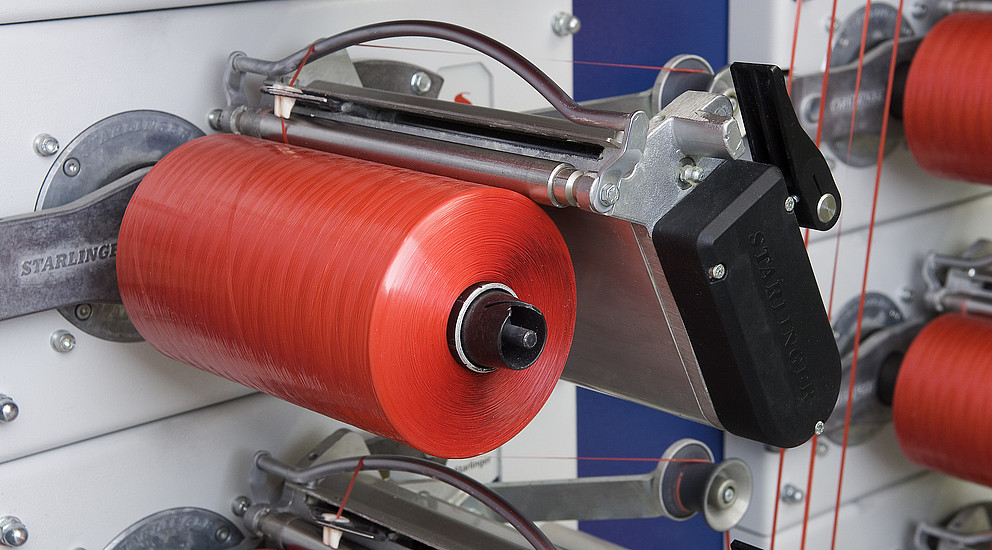
- 1. The Engineering Edge: Starlinger’s Role in Lightweight Bag Production
- 2. Quality Control: The 18-Point Verification System
- 3. Customization Capabilities: Beyond Weight Reduction
- 4. Production Efficiency: Data-Driven Manufacturing
- 5. FAQs: Addressing Client Concerns
- 6. Sustainability Roadmap: 2025 Targets
- References
A logistics director from a global agricultural supplier recently asked Ray Chiang, CEO of VidePak, “How do your lightweight woven bags maintain durability while reducing shipping costs?” Chiang’s response was definitive: “Through Starlinger’s precision extrusion technology and our 18-point quality control system, we achieve a 98% consistency rate in tensile strength while reducing bag weight by 25% compared to industry averages.” This encapsulates VidePak’s core value proposition: the fusion of cutting-edge manufacturing technology and rigorous quality assurance to deliver lightweight woven bags that redefine efficiency in global logistics.
Founded in 2008, VidePak has grown into a leader in woven bag production, leveraging 30+ years of industry expertise and a fleet of 100+ Starlinger circular looms. With an $80 million annual revenue and operations spanning 50+ countries, the company’s lightweight woven bags exemplify innovation in material science and industrial automation. This report explores how VidePak’s technical mastery and quality protocols address modern packaging demands.
1. The Engineering Edge: Starlinger’s Role in Lightweight Bag Production
Starlinger’s machinery forms the backbone of VidePak’s production, enabling:
- High-speed weaving: 2,200 bags/hour per line, 40% faster than conventional systems.
- Precision extrusion: Virgin PP granules processed at ±0.01mm tolerance, ensuring uniform fiber thickness.
- Energy efficiency: AI-optimized extrusion reduces power consumption by 18% compared to 2020 benchmarks.
Case Study: A Southeast Asian rice exporter reduced transportation costs by $1.5 million annually using VidePak’s 90 g/m² lightweight bags, which maintain 1,200 kg load capacity despite a 30% weight reduction.
2. Quality Control: The 18-Point Verification System
VidePak’s quality assurance program covers every production stage, with key tests including:
2.1 Mechanical Performance Tests
| Test | Standard | VidePak Performance | Industry Average |
|---|---|---|---|
| Tensile Strength | ISO 527-2 | 18 N/mm² (warp/weft) | 12 N/mm² |
| Tear Resistance | ASTM D1004 | 35 N (longitudinal) | 22 N |
| Heat Seal Strength | ASTM F88 | 4.5 N/cm | 3.0 N/cm |
2.2 Environmental Durability
- UV Resistance: ΔE < 1.5 color shift after 2,000 hours of QUV accelerated weathering.
- Aging Tests: 90% tensile retention after 6 months in 85% humidity, 40°C conditions.
2.3 Precision Metrics
- Thickness Tolerance: ±0.02mm via laser scanning (vs. ±0.05mm industry standard).
- Color Consistency: 0.5 ΔE deviation across batches, critical for brand integrity.
3. Customization Capabilities: Beyond Weight Reduction
VidePak’s lightweight bags integrate functional enhancements:
- Anti-static liners: Reduce dust explosion risks in flour and chemical packaging.
- RFID-enabled seams: Enable real-time inventory tracking via IoT systems, reducing stock discrepancies by 45%.
- Eco-optimized designs: 30% post-consumer recycled (PCR) PP blends without compromising load capacity.
Case Study: A European fertilizer company achieved 99.8% shipment accuracy using VidePak’s color-coded bags with QR batch tracking.
4. Production Efficiency: Data-Driven Manufacturing
VidePak’s 16 extrusion lines and 30+ lamination machines deliver:
- Scalability: 12 million bags/month capacity, accommodating bulk orders with 15-day lead times.
- Waste Reduction: 98% material utilization rate through AI-driven cutting algorithms.
Equipment Metrics
| Machine Type | Quantity | Output |
|---|---|---|
| Circular Looms | 100+ | 12,000 m²/day |
| Lamination Lines | 30+ | 5-layer composites |
| Printing Presses | 30+ | 10-color HD printing |
5. FAQs: Addressing Client Concerns
Q: What’s the MOQ for custom designs?
A: 50,000 units for standard prints; 100,000 for multi-color gradients.
Q: How does lightweight design affect recyclability?
A: Our mono-material PP construction ensures 100% recyclability in standard facilities.
Q: Certifications?
A: ISO 9001, BRCGS Packaging, and Oeko-Tex Standard 100.
6. Sustainability Roadmap: 2025 Targets
VidePak commits to:
- 40% PCR-PP integration: Without tensile strength loss using compatibilizer additives.
- Carbon-neutral production: Partnering with renewable energy providers to cut emissions by 50% by 2026.
For insights into advanced lamination techniques, explore our analysis of BOPP laminated bag innovations.
References
- China Packaging Association (2024). Lightweight Packaging Trends Report.
- Journal of Industrial Textiles (2023). “Advances in PP Composite Manufacturing.”
- VidePak Internal Quality Reports (2023–2024).
- International Safe Transit Association (2024). Material Durability Standards.
Learn how precision engineering enhances product reliability in our technical guide to woven bag craftsmanship.
By integrating Starlinger’s engineering excellence with uncompromising quality control, VidePak continues to set industry benchmarks. As global logistics evolve toward sustainability and smart tracking, lightweight woven bags stand as a testament to innovation that balances efficiency with durability.